[ad_1]
The hitman waited in the traffic. This wasn’t the first time: he — or one of his accomplices — had done so on previous days, and he knew that every morning, around 7 a.m., Ximena Guzmán would stop her car at that exact spot on the busy Tlalpan thoroughfare, near the Moderna neighborhood, to pick up her colleague José Muñoz. The two would then head from the Miguel Hidalgo borough to their jobs at the top of Mexico City politics, as members of the inner circle of Mayor Clara Brugada. Guzmán, as the mayor’s personal secretary; Muñoz, as an advisor.
On Tuesday, Guzmán, 42, was waiting for Muñoz, 52, parked on the side of the road, inside her car. The hitman was hovering around, less than a meter away, playing at being distracted. It is impossible for Guzmán not to have seen him: he spent several seconds in her field of vision, in front of the windshield, calmly, brazenly, and even pretended to hail a cab as part of his act. Muñoz arrived shortly after, got into the vehicle, and it was then the gunman chose to draw a nine millimeter handgun and empty the 12 bullets in the magazine at them.
Four bullets were embedded in Muñoz’s body, twice as many ended up in Guzmán. Cause of death: “Most likely a gunshot wound to the skull and thorax,” announced the capital’s prosecutor, Bertha Alcalde Luján, on Wednesday, after the autopsies had been performed but with the forensic report still pending. The hitman fled the crime scene on a black motorcycle, which he abandoned a short distance away. There, with the help of at least three other accomplices who assisted with “logistics and driving,” according to Mexico City Chief of Police Pablo Vázquez, they used a blue car to travel to the Iztacalco borough. From there, they fled in a third vehicle, a gray pickup truck, leaving the city limits to the east and disappearing into the State of Mexico.
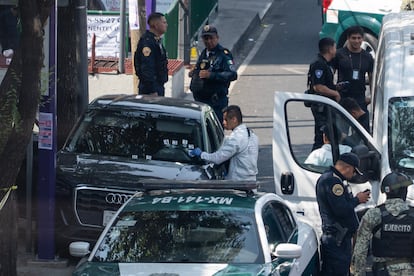
Guzmán and Muñoz were executed by a gang of professional assassins. The weapon they used was clean: analysis of the shell casings found at the scene revealed it had not been used in previous crimes. They had been staking out their morning meeting place for days. They wore gloves, which prevented forensic investigators from finding fingerprints on the motorcycle or the two cars. They switched vehicles twice to cover their tracks. Furthermore, they used stolen cars with the license plates changed to make them difficult to identify. The police are trying to determine whether these were used in other attacks.
They didn’t threaten their victims beforehand; they took care to leave as few clues as possible. Behind them, only the traces of the three vehicles and items of clothing remained, which forensic investigators are racing to analyze in an attempt to find DNA samples, a task that has so far proven unsuccessful. The crime was a “direct attack with a significant degree of planning,” Luján said, dispelling any doubt by emphatically stating that “those who carried it out had prior experience” and that it “necessarily” required “an investment of considerable human, logistical, and material resources.”
The modus operandi, the extreme caution of the hitmen, and their hasty escape have made it impossible for the police to identify any clear suspects. At least, they have made it impossible for them to reach beyond the walls of the Prosecutor’s Office and the Secretariat of Citizen Security. The identity of the perpetrators of the double homicide is unknown, let alone the masterminds behind the attack. Authorities are focusing their efforts in these critical hours on finding the four hitmen, hoping that through them they may also be able to find those who ordered the murders. “As the investigation progresses, we will gain more clarity about the motive and the context in which this unfortunate event occurred,” Vázquez stated.
For the moment, the police have not ruled out any line of investigation, indicating that no significant progress has been made in any of its aspects. “All [avenues] will be exhausted,” Vázquez stated, acknowledging that they still do not have solid hypotheses regarding the reason for the crime or those responsible. They have not even ruled out femicide — by protocol, any murder of a woman is investigated preventively as such. The Mexico City police chief also reported that they are working closely with the prosecutors’ offices in the states surrounding the capital and all security institutions, in a case that President Claudia Sheinbaum has given the highest priority.
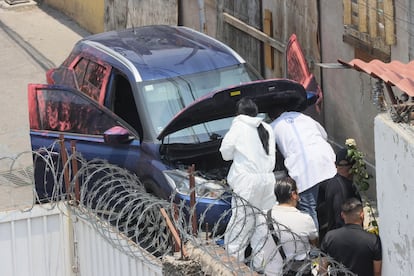
The high-profile political crime has stunned the capital’s authorities, who were caught off guard by the double homicide. “Our souls ache,” Brugada summarized in a brief statement on social media. Above all, because of the underlying message behind the murders: neither Guzmán nor Muñoz were media personalities, but their closeness to the mayor from her years as alderman of Iztapalapa, the most populous borough — and one of the most insecure — in Mexico City, raises the question of whether the crime is a symbolic attack on the head of city government. And, if so, why?
Among the few certainties, authorities have pointed out that there is no evidence to suggest the attackers knew the details of Mayor Brugada’s personal agenda. Nor is there any evidence that they individually monitored Guzmán and Muñoz in the days leading up to the crime. There is only evidence that someone was at the crime scene a few days earlier, “possibly carrying out surveillance work there, which indicates prior knowledge of the routine, but not necessarily that they were followed over the days,” Vázquez explained.
Cautiously, neither Luján nor Vázquez offered much information in their first press conference. Vázquez, however, emphasized, perhaps as a timid insinuation, that in recent weeks they have made “highly significant arrests of leaders of criminal cells operating in the city and the metropolitan area” that “have reduced the levels of violence and high-impact crimes in the city.”
Identifying the perpetrators and masterminds in the coming days will be key. So far, the greatest progress in the investigation has come from monitoring C5 security cameras throughout the city, which the special police operation used to trace the hitmen’s escape route.
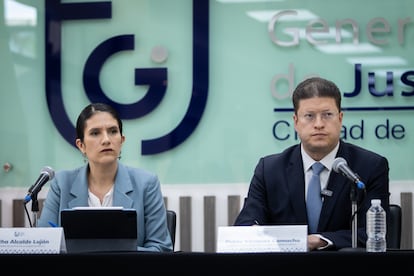
Despite everything, Vázquez attempted to send a message of hope: “I want to be very emphatic: no form of violence will defeat Mexico City, neither its people nor its institutions.” On the Tlalpan highway, two bodies in an abandoned car on the shoulder, four bullet holes in the windshield, eight nine-millimeter shell casings on the asphalt, many unanswered questions, and a city shaken by a new political crime.
Sign up for our weekly newsletter to get more English-language news coverage from EL PAÍS USA Edition
[ad_2]
Source link

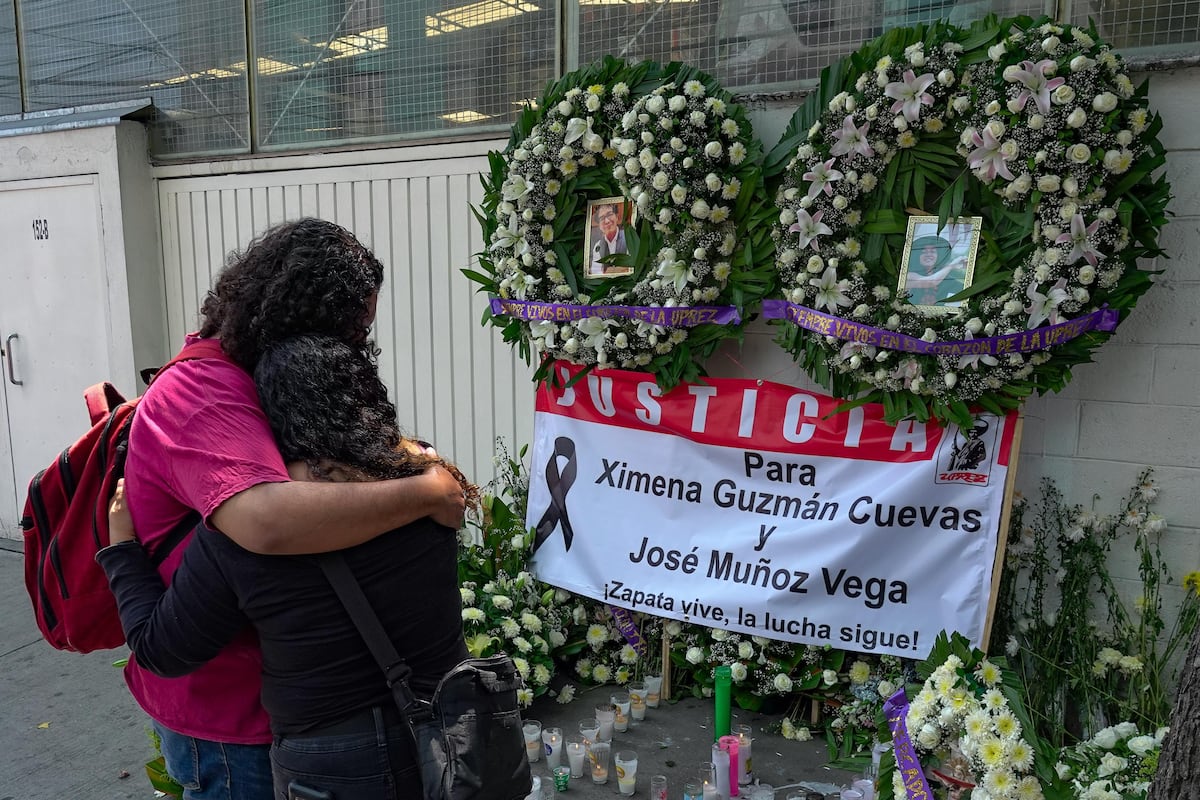
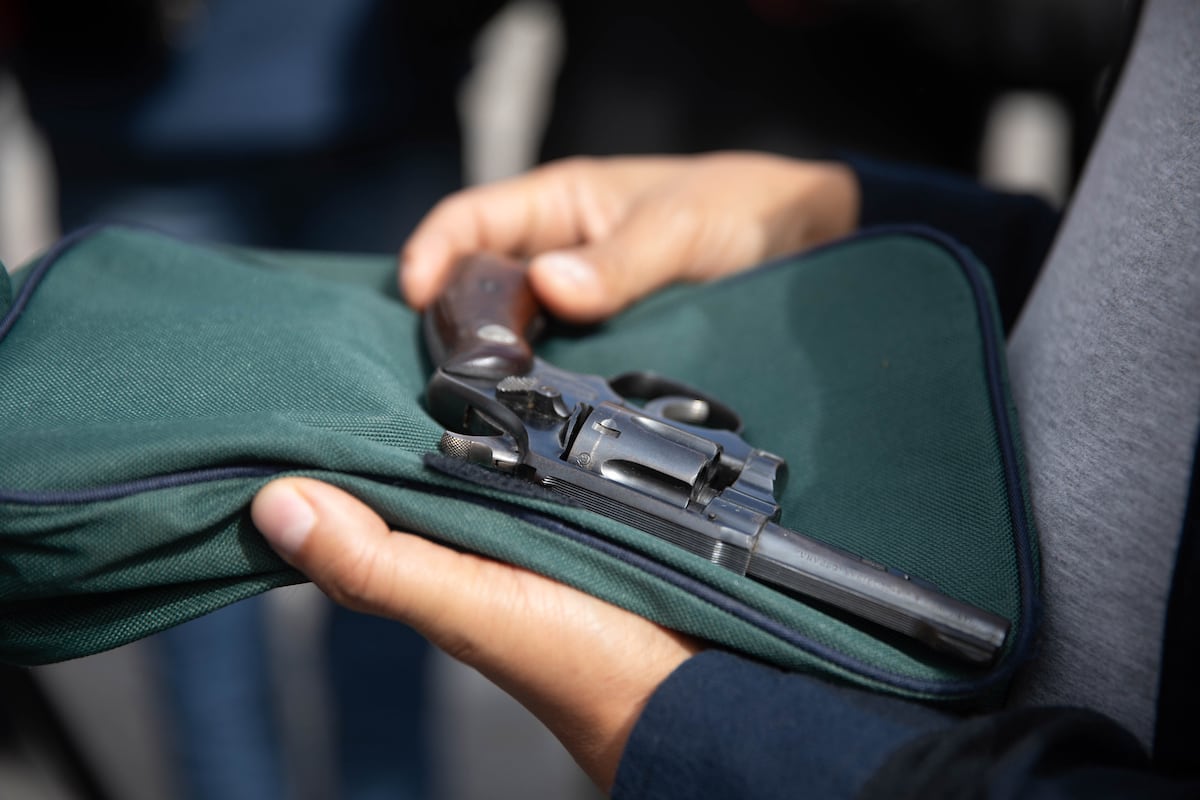
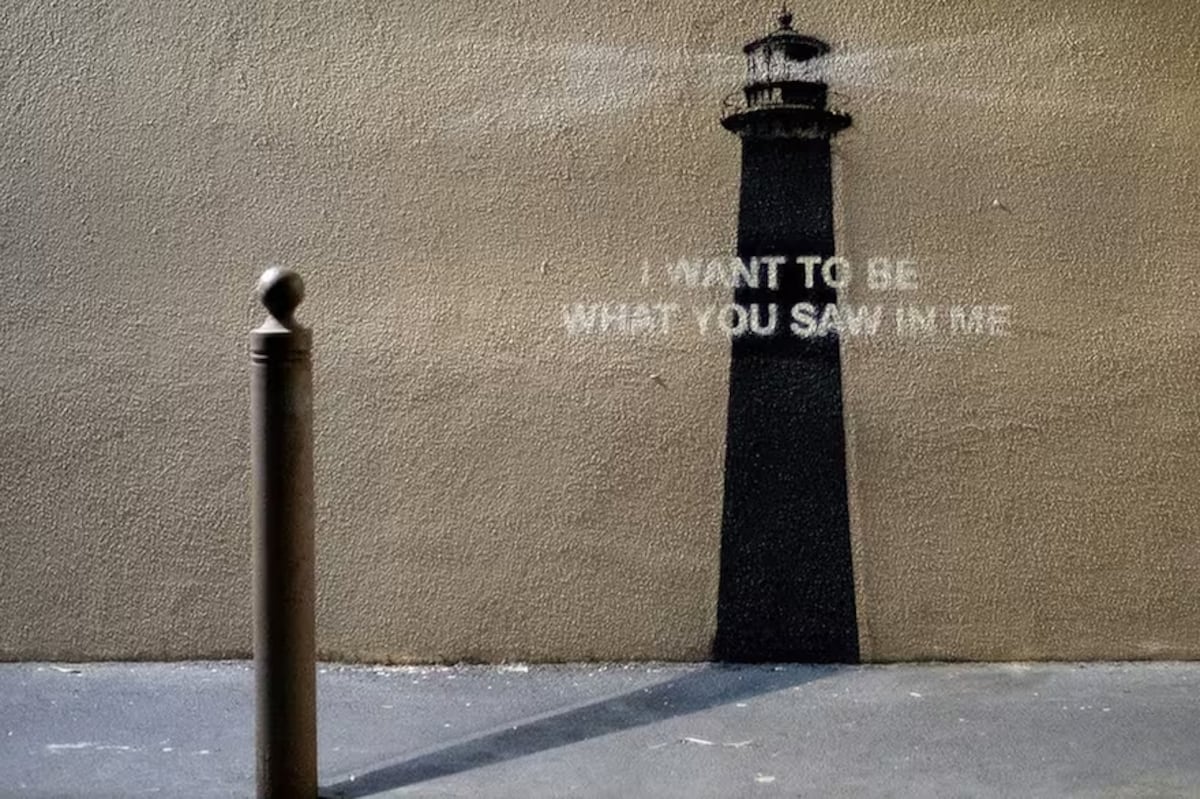

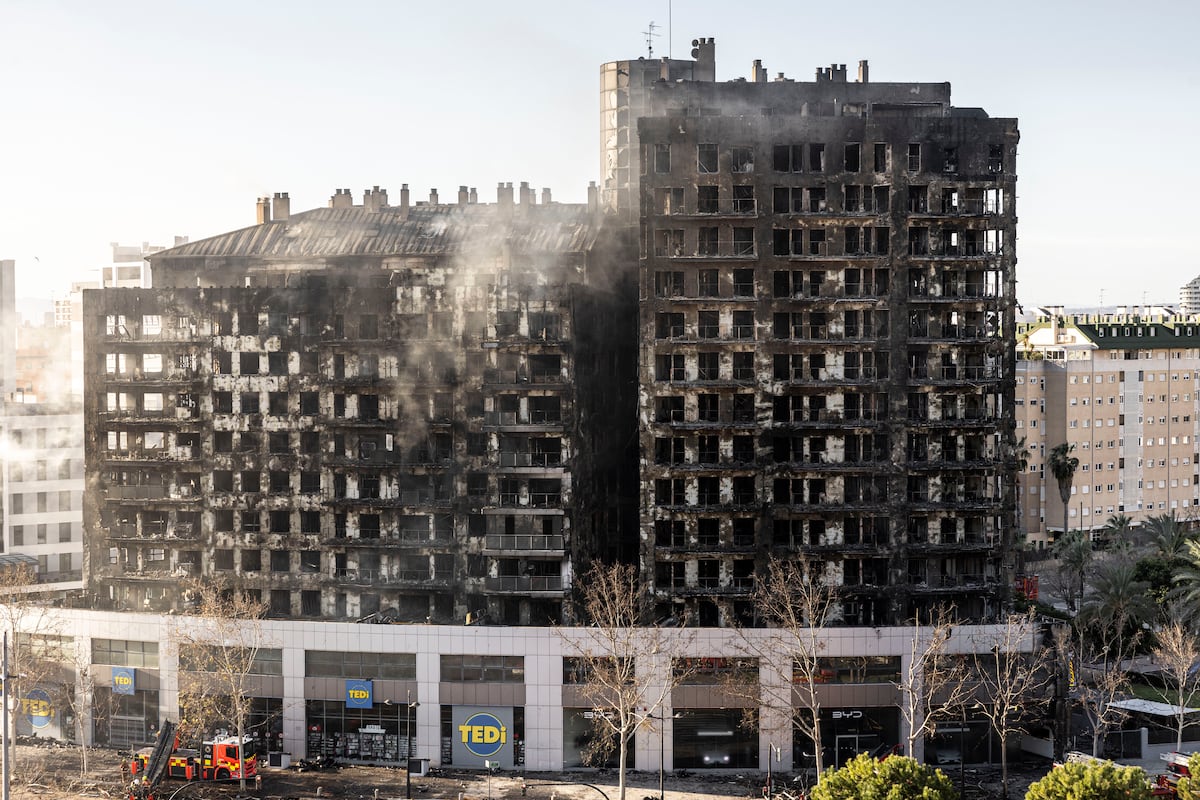

Comentarios